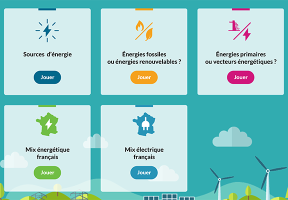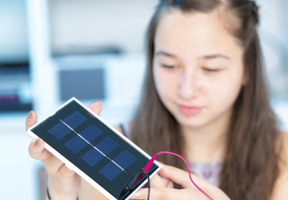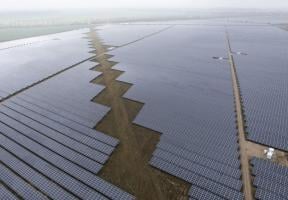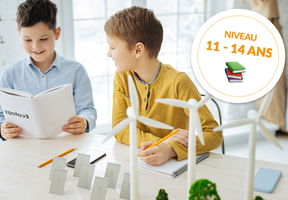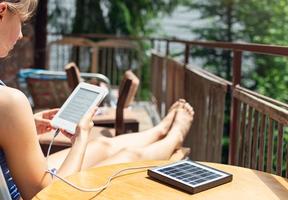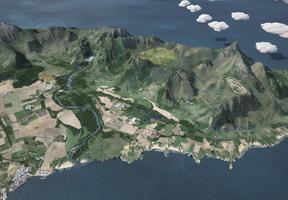Solar Cookers
5 min read
Solar cookers are the quickest and most practical way of harnessing solar and converting it into . So they come in pretty handy for a mountain hike or a picnic! But they’re also a great alternative to cooking on a wood, , or dry-dung fires, still widely used by hundreds of millions of people worldwide.

© Yulia-B - A solar cooker uses the energy of the sun to cook or boiling water, reducing deforestation in remote areas of Nepal.
Who never tried burning a piece of paper using a magnifying glass when they were a child? Solar cookers are based on a very similar principle whereby the sun's rays are reflected onto a metal sheet or cooking pot which then stores the heat.
The good news is that you don’t need to be an engineer to make a solar cooker: all you need is a few bits of wood or cardboard, and some aluminum foil or a sheet of glass. A pizza box and the sunshield from a car can also be used as the basis for a makeshift cooker, and there is no shortage of tutorials available on the Internet. If you’re not into making your own, then you can find ready-to-use versions in outdoor equipment stores.
Useful in emerging countries
Facing the sun and fitted with reflectors, these cookers can reach temperatures of up to 100°C (210 °F) or more. They are very useful if you are camping or hiking, or even in your own garden or sun-exposed patio.
But they have many more advantages in countries with no gas or networks and no access to modern cooking appliances:
- They do not produce the toxic fumes generated by burning wood, coal or animal dung. They therefore contribute to reducing the occurrence of respiratory and eye diseases, which are commonplace among women in poor countries.
- They do away with the time-consuming and arduous task of gathering wood. They also contribute to curbing deforestation and reducing CO2 emissions.
- As well as being used to cook food, they are also used to sterilize water.
The different types of solar cookers
There are three main categories of cookers:
- Box cookers: these are simply boxes with the base made out of a metal sheet, and the inner walls covered in reflective material (aluminum foil for example). A sheet of glass is used to close the box, just like a domestic oven. Reflectors are arranged on the outer sides to bounce the rays back inside the box.
- Panel cookers: the cooking pot is placed in the open air, but surrounded by reflective panels to direct the sun’s rays onto it. It’s best to use a cast iron pot to ensure that it stores the heat.
- Parabolic cookers: the food is placed at the center of a parabolic reflector, as shown in the photo above.
Naturally, the cooking time depends on the equipment used (it takes longer to cook something in a box or panel cooker than in a parabolic one), the available sunlight and the quantity of food to be cooked.
Based on the same principle, but on a completely different scale, the solar cooker principle has also been upscaled for industrial use. The CNRS (The French National Centre for Scientific Research) in France, was at the cutting edge of research in this sector in 1970 when it installed the Odeillo solar furnace in the Eastern Pyrenees - it’s still the largest and most powerful solar furnace in the world today. A parabolic mirror measuring approximately 50 meters in diameter directs the sun’s rays so that they converge on a central target. It can maintain temperatures of up to 3,300°C (6,000 °F), the melting point of diamond (see the PROMES laboratory website).


